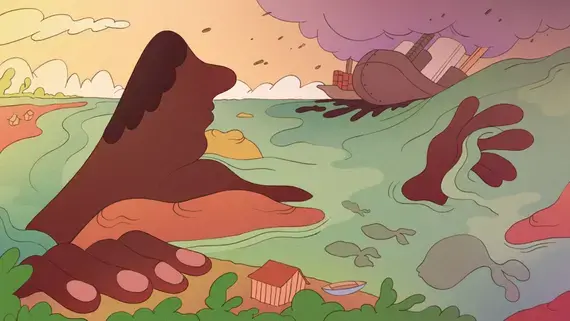We investigated the planned Tocantins-Araguaia industrial shipping channel (Hidrovia Tocantins). 500 km of the Tocantins River would be impacted, researchers say, impacting tens of thousands of Indigenous, quilombola, and traditional riverine peoples between Marabá and Barcarena (Pará). DNIT, the government organ advancing the project, aims to detonate for more than two years a rocky fishery called the Pedral do Lourenço, and dredge other areas, with the goal of shipping soy and minerals faster to Asian and European markets.
43 km in extension, up to 80 meters deep, the Pedral do Lourenço is similar to a marine reef, with subaquatic canyons forming habitat niches, harboring more than 25 endemic and endangered fish species, which in the context of 7 hydroelectric dams on the Tocantins River, have found the Pedral an essential refuge.
We accompanied traditional communities mobilizing in meetings in communities and with the public prosecutor (MPF), who in November 2023 declared that the “licensing process was repeating the errors of Belo Monte [dam],” with extensive human rights violations and violations of environmental legislation.
We found the channel incentivized illegal deforestation in the Lower Tocantins River, with businessmen producing documents (CARs) declaring minimal forest vegetation, continuing into Lula’s presidency.
Multimedia articles include video interviews of quilombola residents on how the shipping channel would impede fishing.







